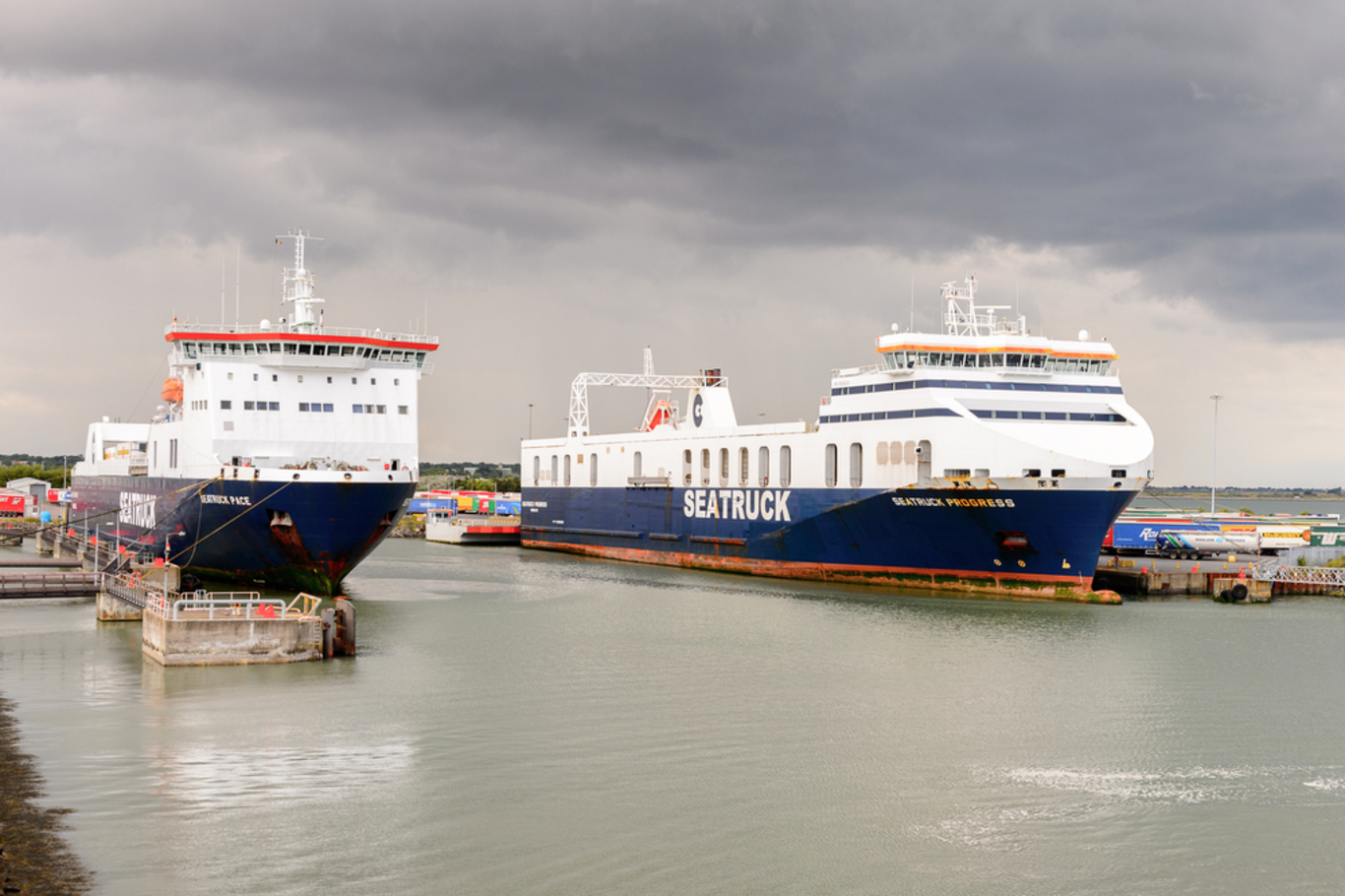Why we shouldn't uproot Dublin Port to make way for housing
Turning the facility into a ‘gleaming new city’ sounds impressive – but it’s a distraction from bigger issues.
LOOSE TALK ABOUT moving a well-planned and successful Dublin Port is a distraction from the real development opportunities that are staring the capital in the face.
Dublin’s housing challenge is a concern for us all. It might seem intractable, but there are real solutions.
Sometimes, however, solutions are not sexy. They are as complex and multifaceted as the problems they solve, involving things like joined-up thinking, smarter land management and better urban planning and design.
When facing a large problem, it is all too easy to become frustrated and seek a silver bullet solution. David McWilliams’ recent contention in the Irish Times that we should shift Dublin Port and use the land to build ‘a gleaming new city’ is an example of this.
Turning the port into a residential area might sound impressive in theory, but it would be an enormous distraction from the real causes of Dublin’s ailments.
We do need greater ambition for our capital city and blue-sky thinking has a valuable role to play in stimulating debate and discussion. But any serious plan will keep its eyes fixed on terra firma.
Look in the mirror
Dublin Port is a vital national facility, handling almost half of the Republic’s trade and widely acknowledged for its high performance.
The notion that our capital is unusual because of the prominence of its port is belied by a quick glance at the continent. Europe’s top five busiest container ports are all immediately adjacent to the cities they service.
Amsterdam, a capital renowned for its quality of life, is also served by a modern port right at its doorstep. It has maintained its high quality of life by getting the basics of city management right.
Rather than blaming geography for the capacity problems facing Dublin, we should look in the mirror. Dublin’s real problem does not lie in a lack of space but in how we manage the space that we have.
It is past governments – both local and national – that have created our congestion problems, not the Irish Sea. We create congestion by failing to think ahead, by zoning inappropriately, by building at densities that are far too low, by neglecting public transport and by paying lip service to walkability and cyclability.
There are hundreds of acres within the M50 that are either underutilised or being used for purposes that are no longer appropriate.
A bird’s eye view of Dublin shows large swathes of industrial activity east of the ring road that could be much better used to accommodate the city’s fast-growing population.
Relocating large car showrooms and phasing out ageing industrial estates into newer facilities outside the M50, for example, would benefit both businesses and the community at large.
Instead of uprooting Dublin Port, let’s talk instead about making the best of underused areas such as those around the Naas Road, which is served by one Dublin’s best pieces of public transport infrastructure: the Luas Red Line.
This is the type of thinking that has led to Dublin Port’s recent success. The port is guided by a master plan which was launched in 2012 and will see it through to 2040. This sort of foresight is sadly all too rare in Ireland. Is it really wise to suggest disrupting this process when it has barely begun?
Perhaps the capital – and the country – should get its own house in order first. Whereas Dublin Port has a three decade-long plan for its development, there is no such plan for our largest city region.
Long-term strategy
The greater Dublin area is the economic engine that drives growth throughout the country and the urban magnet that attracts foreign direct investment to our island. It is also home to two out of every five people living in the State.
Yet despite its crucial importance to national well-being, the greater Dublin area has no coherent strategy for its long-term development.
Putting all our energies into a complex, costly and unnecessary project such as the relocation of Dublin Port would be very misguided in this context. Freeing up land in Dublin Bay without radically changing the way we live would be a short-term solution at best.
It would be wiser for our capital city region to develop a long-term master plan of its own, coordinating infrastructure investment with the type of residential development we will need in the coming decades.
Our elected officials should embrace urban density and accept reasonable building heights. Better management of brownfield sites would be particularly helpful in this regard.
The business community has being calling for such a joined-up approach for years. We recognise that on a day-to-day basis, the greater Dublin area operates as a single city region.
Workers and students commute to and around the city from all parts of Kildare, Meath, and Wicklow – yet the way the region is governed does not reflect this reality.
The government has promised a plan for the east and midlands regions as part of its new National Planning Framework. This is a major opportunity to get things right.
But it will also be a test of our seriousness about addressing our housing and infrastructure challenges. Even if the plan looks good, a question mark remains over who will ensure that it is implemented.
We could learn a lot from the way that facilities like Dublin Port – and indeed Dublin Airport – have planned their development over many years, building up land banks to prepare for the future, and thinking hard about how they will serve the next generation. Let’s take a leaf out of their book.
Mary Rose Burke is the CEO of Dublin Chamber.






